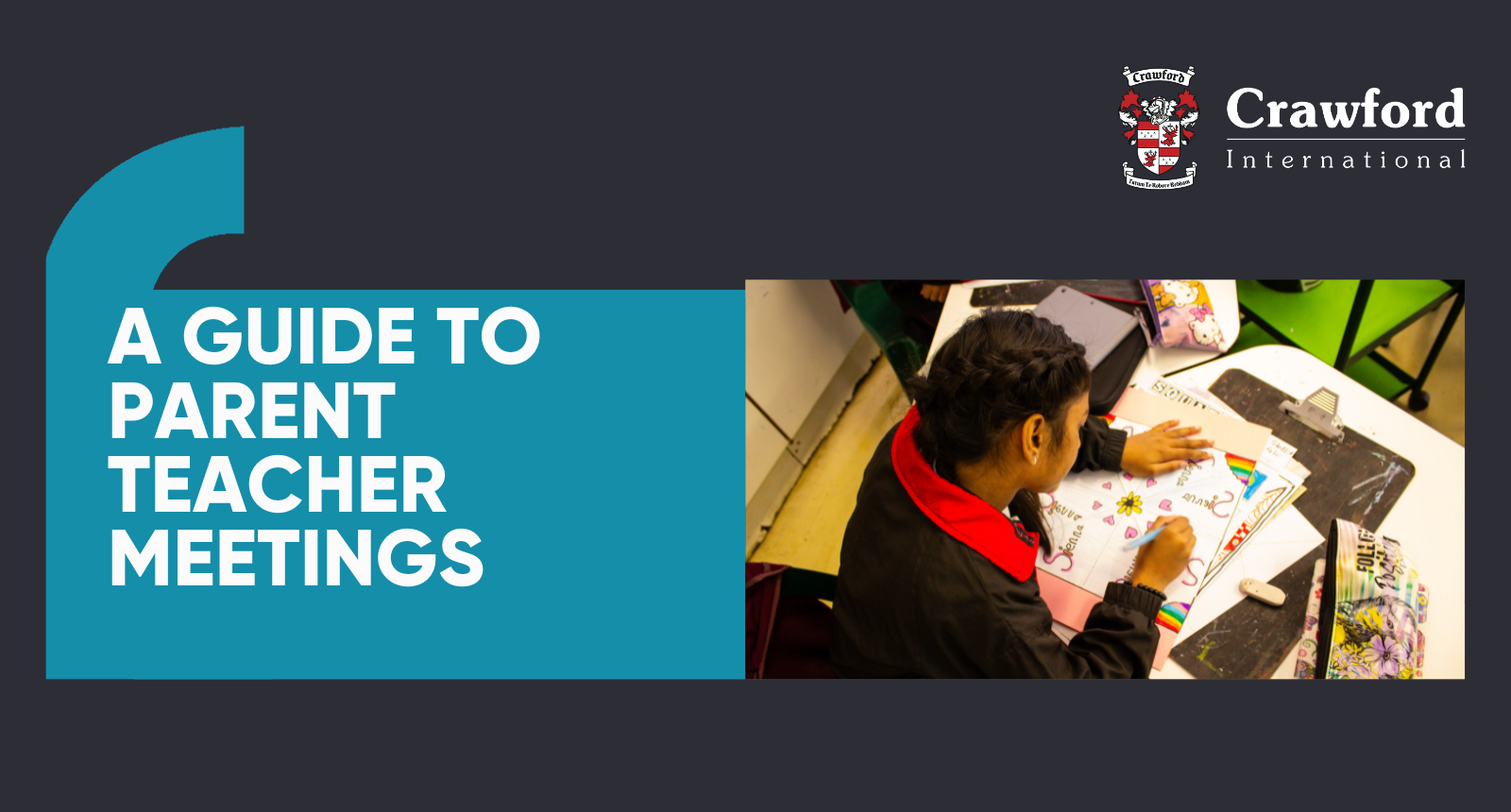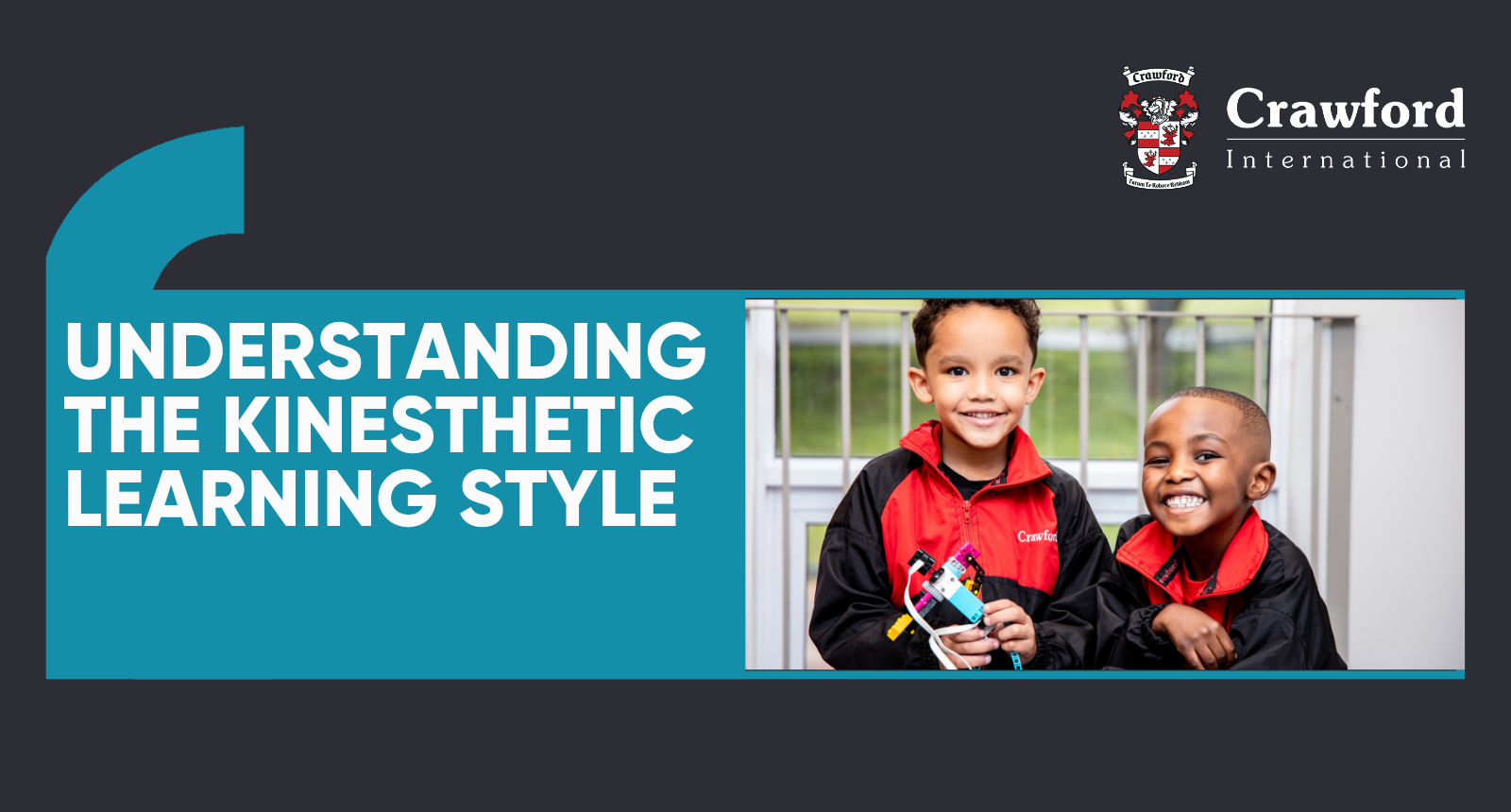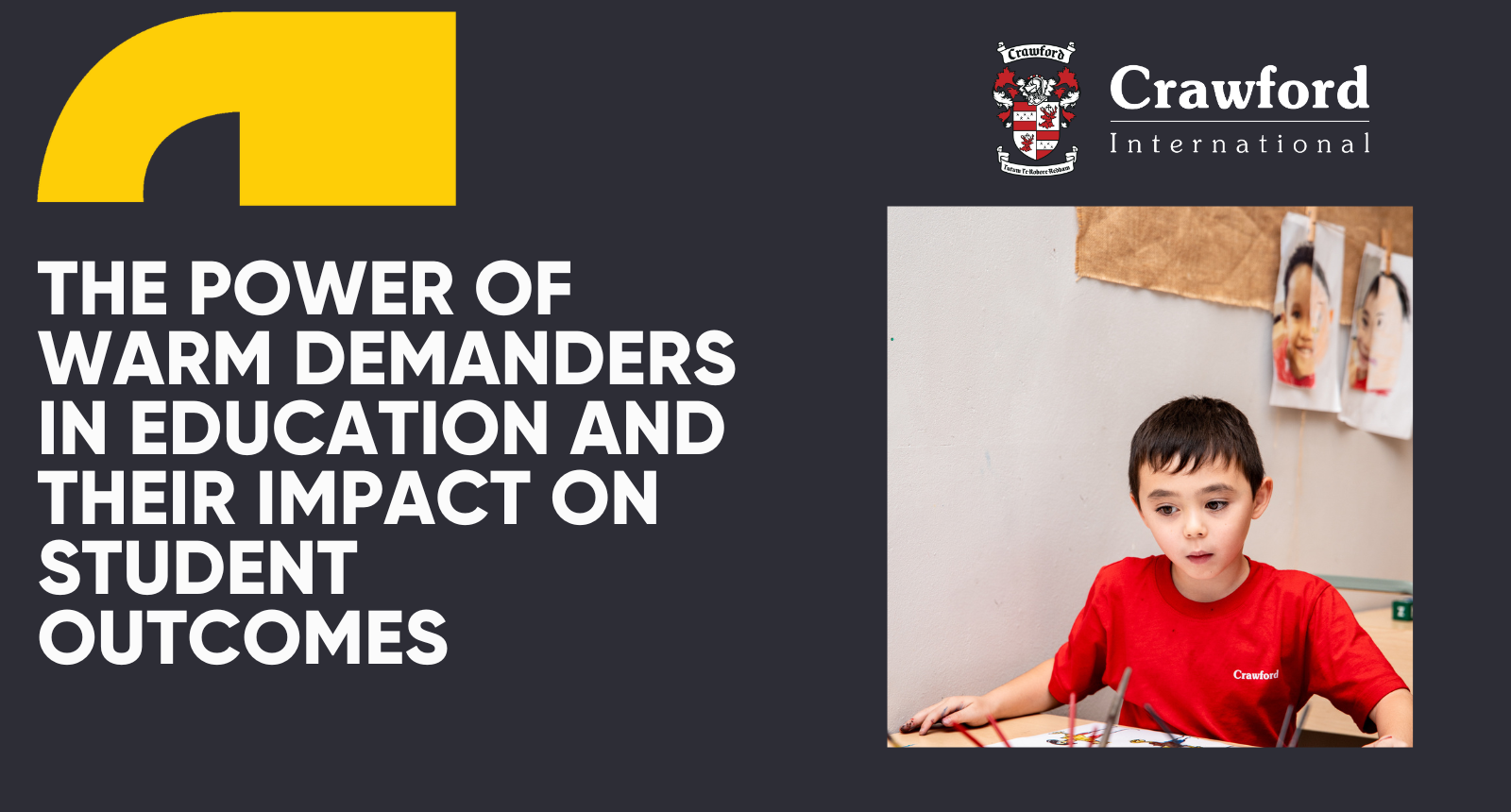What is Active Learning?
July 19, 2024
What is Active Learning?
Active learning is a dynamic and student-centred approach to education that transforms the traditional classroom into an interactive and engaging environment. At Crawford International, we pride ourselves on implementing active learning strategies that challenge students to think critically, collaborate effectively, and apply their knowledge in meaningful ways. This method is aligned with our mission to create future global leaders and changemakers, equipping them with the skills they need to succeed in an ever-evolving world.
Exploring Active Learning
Active learning involves various teaching techniques that shift the focus from passive reception of information to active participation by students. This approach is rooted in the belief that students learn best when they are actively involved in their own learning process. Rather than simply listening to lectures, students engage in activities such as discussions, problem-solving, case studies, group projects, and hands-on experiments. These activities encourage them to explore concepts deeply, ask questions, and apply their knowledge in practical scenarios.
How we do Active Learning at Crawford International?
1. Student-Centred Learning
At Crawford International, we place students at the centre of their learning journey. This means giving them voice and choice in their educational experiences. Our approach is designed to be flexible, allowing students to pursue their interests and learn at their own pace. This approach creates a sense of ownership and responsibility for their learning outcomes.
2. Collaborative Learning
Collaboration is a cornerstone of active learning. Students work together in groups to solve problems, complete projects, and discuss topics. This collaborative approach helps them develop essential communication and teamwork skills. It also exposes them to diverse perspectives, enhancing their understanding and respect for different viewpoints.
3. Technology-Driven Curriculum
Our technology-driven curriculum supports active learning by providing students with access to a wide range of digital tools and resources. These tools facilitate interactive learning experiences, such as virtual simulations, online discussions, and multimedia presentations. Technology also enables personalised learning, allowing students to tailor their educational experiences to their individual needs and preferences.
4. Real-World Applications
Active learning at Crawford goes beyond the classroom. We connect academic concepts to real-world applications, helping students see the relevance of what they are learning. This is achieved through projects, community service, and extracurricular activities that link classroom knowledge to real-life situations. By engaging with the world around them, students develop practical skills and a deeper understanding of their subjects.
Benefits of Active Learning
Active learning offers numerous benefits that contribute to the overall development of our students:
1. Critical Thinking and Problem-Solving
Active learning encourages students to think critically and solve complex problems. By engaging in activities that require analysis, evaluation, and synthesis, students develop higher-order thinking skills that are essential for academic and professional success.
2. Engagement and Motivation
Active learning makes education more engaging and motivating. When students are actively involved in their learning process, they are more likely to be interested and invested in their studies. This leads to higher levels of motivation, better retention of information, and improved academic performance.
3. Development of Soft Skills
In addition to academic knowledge, active learning helps students develop important soft skills such as communication, collaboration, and adaptability. These skills are crucial for success in today’s interconnected and fast-paced world.
4. Preparation for the Future
By promoting active learning, Crawford International prepares students to be future-ready. They are equipped with the skills and mindsets needed to navigate and thrive in a rapidly changing global landscape. Our students are not just passive recipients of information; they are active participants in their own learning and growth.
The mentioned strategies and components of active learning help our students develop into confident, capable, and compassionate leaders. This is why we are committed to this approach at Crawford International. To see how we implement active learning first-hand, book a personalised tour today.












